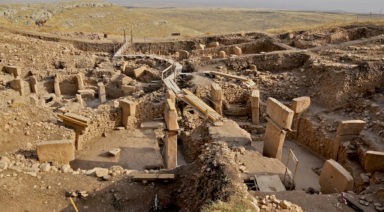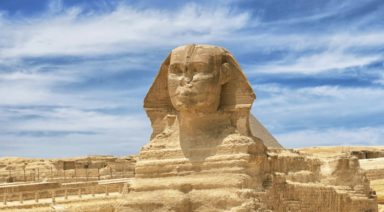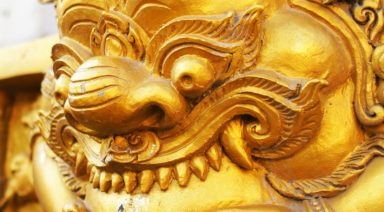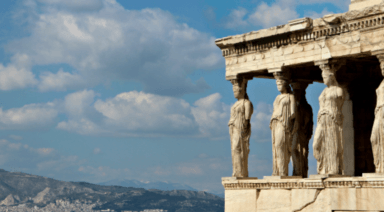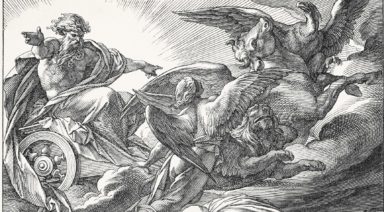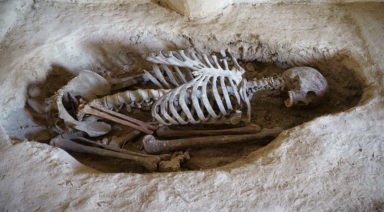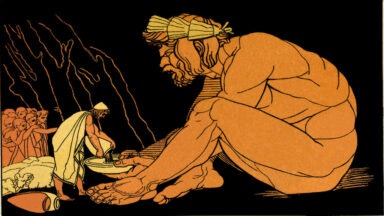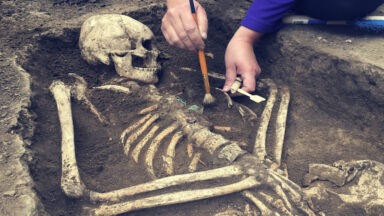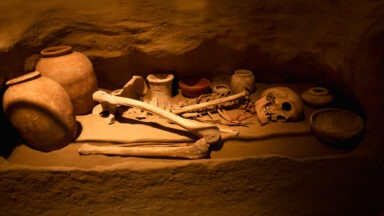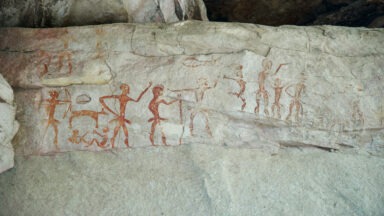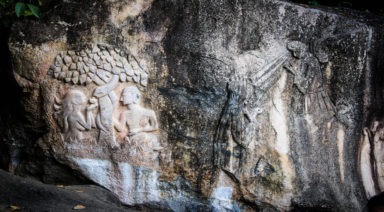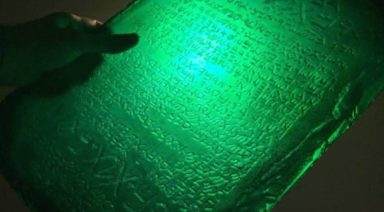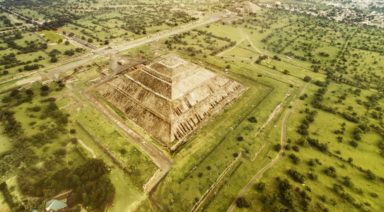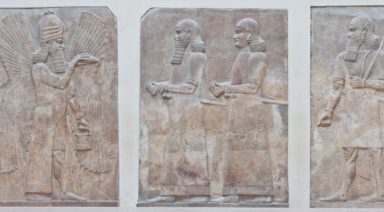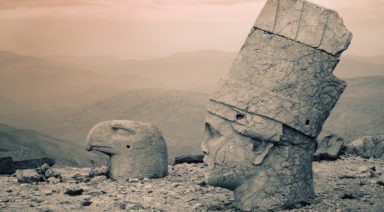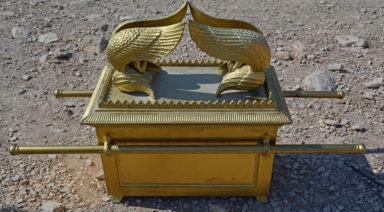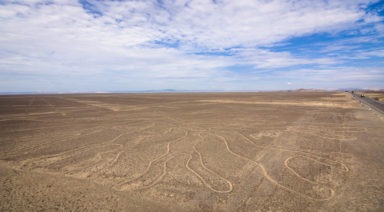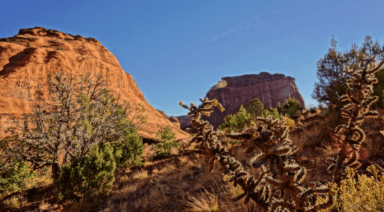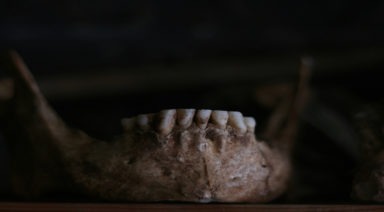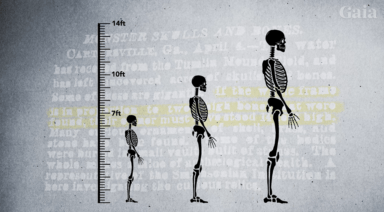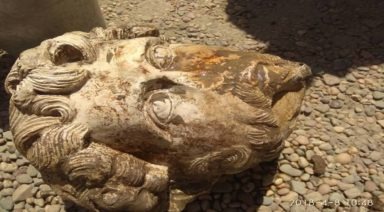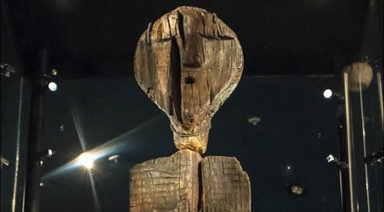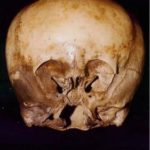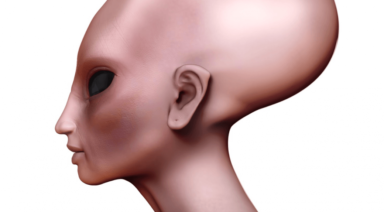The Enigma of the Lost Chinese Pyramids of Xi’an
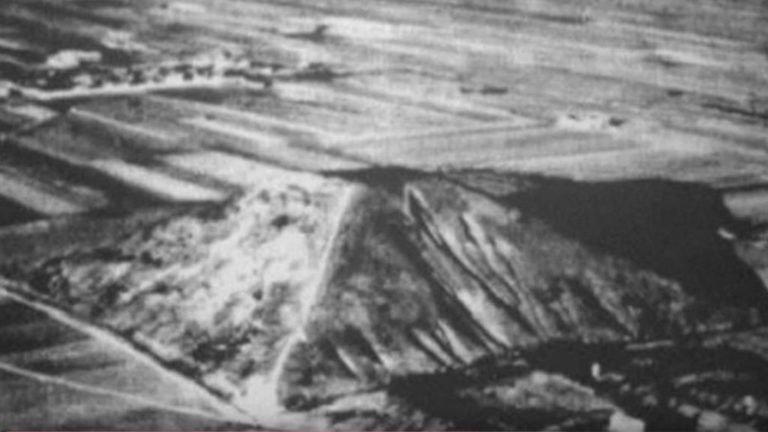
One-hundred kilometers outside of Xi’an, an ancient city in central China, among green grasses, farms, and forests, rise a hundred pyramid-shaped mounds that have been shrouded in mystery for thousands of years.
Westerners first learned there were Chinese pyramids relatively recently, when Fred Meyer Schroder, an American travel agent and trader, first discovered them in 1912. At the time, he was traveling through the Shaanxi Province with a guide, where he recorded a thorough description in his diary, noting he’d seen one giant pyramid approximately 1,000 feet tall and nearly twice that size in length, surrounded by a number of smaller pyramids.
Schroder’s guide explained that the pyramids he happened upon were the subject of local legends and that their history could be found in ancient monastic documents. To put things into perspective, the great white pyramid of Xi’an is nearly twice as large as the Great Pyramid of Egypt.
Why Are the Pyramids in China Such a Mystery?
The Pyramids in China have remained largely an enigma to tourists and archaeologists alike — perhaps intentionally.
In the early 1990s, German investigator/travel agent Hartwig Hausdorf searched for the massive pyramid that appeared in Gaussman’s earlier photographs, but he was unsuccessful in finding it. Instead, he found the Chinese military meticulously patrolling the area.
The experience led him to write a book titled “The White Pyramid,” but which only discussed other structures in the area. Western archaeologists still have not been granted entry to these areas, but Hausdorf’s excitement over the pyramids was good for drumming up publicity.
In 2000, Chinese officials declared there were around 400 pyramids north of Xi’an, though that doesn’t include the White Pyramid. Excavation of many of the other sites revealed mausoleums shaped more like Mesoamerican pyramids, differing from those in Egypt, as they are flat topped and covered with vegetation.
In these burial mounds lay ancient members of China’s royal class, who intended to rest for eternity undisturbed. Most of the pyramids are extremely difficult to detect, camouflaged in lush mountains and hills and covered by tall grass and trees. Very few of the structures have been open to tourism.
The Chinese government has given simple explanations as to why no one is allowed to enter, namely that overzealous archaeologists and tourists could potentially damage the artifacts. Officials claim they are waiting until technology advances enough to properly excavate the pyramids and their precious contents. After all, some of the pyramids are believed to date as far back as 8,000 years.
Pyramids of Xi’an Hidden in The Stars
Through modern technology, researchers have been able to chart the locations of dozens of the Xi’an pyramids, and taken particular interest in their spatial relationships. They’ve been particularly struck by how these mausoleums are in precise astrological alignment. While most of the monuments are positioned according to cardinal directions, with about half of them aligned true North, it was found that a few of them were about 14 degrees off. The explanation for this is believed to be astronomical in nature. Computer analysis has revealed that the layout coincides with the Gemini constellation as it would’ve been positioned on the spring equinox in 10,500 B.C.
Suspicions and Theories Chinese Pyramids
Conspiracy theories inevitably erupt wherever there’s secrecy. Westerners have been endlessly guessing about the purpose and energy of the pyramids, as well as their astronomical significance. According to researchers, “to some rulers, the cardinal points of North, South, East, and West were all important. Lining up your tomb with the globe’s axis was a sign that you were still number one.”
The most popular conspiracy theory involves extraterrestrials — asserting that they were perhaps the original architects. Is it possible that the ancient astronaut theory espoused by Erich von Däniken and his ilk may also apply to the Chinese pyramids?
Restoration of the Pyramids
Slowly raised funding equates to sluggish restoration progress in Xi’an. However, the Maoling Mausoleum remains a tremendously popular tourist destination complete with a museum dedicated to the Western Han Dynasty period and featuring more than 4,000 excavated treasures and cultural relics.
Meanwhile, the mystery surrounding the Chinese pyramids and their real origins continues to stimulate the imagination as to who the true builders were — human or otherwise. But if funding isn’t forthcoming, the mystery may never be solved and the structures may collapse into ruins before archaeologists — let alone tourists — have the opportunity to experience the history buried within their walls.
Archeologists Uncover 200 New Stones, 15 Temples At Göbekli Tepe
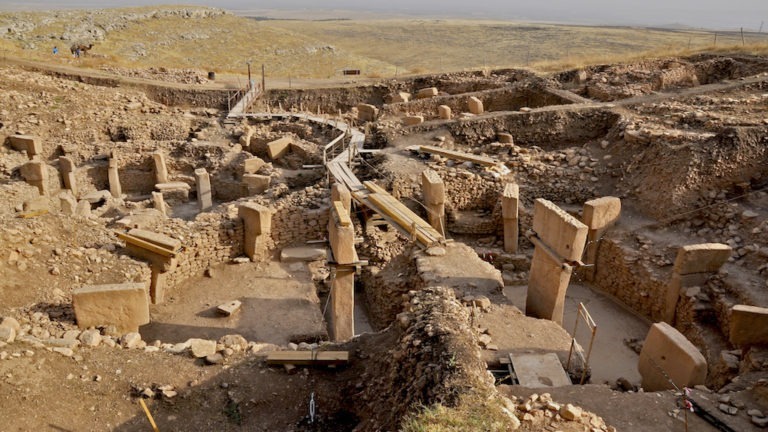
Archeologists recently discovered at least 15 new megalithic temples and over 200 standing stones at Göbekli Tepe in southeastern Turkey, the oldest archeological site in the world. The excavations predate what was originally thought to be the oldest evidence of human settlement, Çatal Höyük, and are so extensive they will likely require another 150 years of excavation.
The site was reopened partially in February, after being closed to visitors so archeologists could work on its restoration. UNESCO recently added Göbekli Tepe to its list of world heritage sites, with the majority of the complex remaining underground.
Göbeklie Tepe, meaning “potbelly hill,” has baffled archeologists for years, after it was dated to have been built before modern agriculture or the discovery of metal, despite the multitude of carved obelisks used in its construction. These massive stones are T-shaped, weighing between 40 to 60 tons, and standing between 10 to 20 feet tall.
According to mainstream archeology, the site served no practical purpose because it appears that it was not used for housing, and was allegedly built by hunter-gatherers. It was discovered by archeologist Klaus Schmidt, who excavated the site from 1996, until his sudden death in 2014.
But Göbekli Tepe is comprised of intricately carved stones as large as the rocks at Stonehenge, built 7,000 years later. The idea that a group of hunter-gatherers with primitive stone tools could construct a site of this magnitude is astonishing. Alternative theorists believe there may be more to the story.
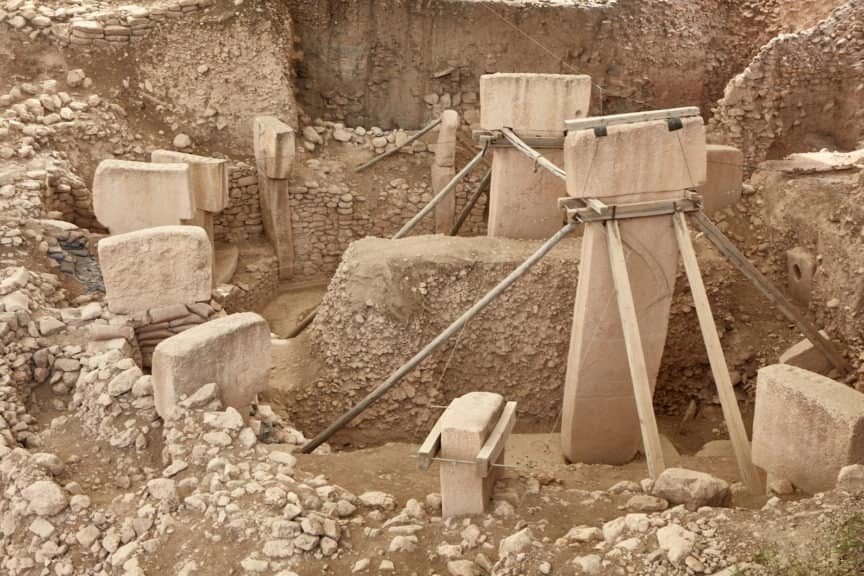
Others believe the site could be evidence of a lost civilization that drastically predates mainstream archeology’s official timelines. Graham Hancock points out that the site contains the first perfectly north/south associated buildings, alignments to specific star groups and specific moments of the year, meaning this culture had a strong grasp on astronomy.
Boston University Professor Doctor Robert Schoch, posited the idea that an ancient, advanced culture predating traditional civilizations may have existed before the end of the last ice age, before it was wiped out in a cataclysmic event around 9,700 BCE.
Schoch says he believes that a solar induced dark age occurred after a massive solar flare took place, forcing existing civilizations to retreat underground, or as is the case with Göbekli Tepe, to bury their structures for preservation. He believes this culture eventually died out, as human populations descended back into a stone age, until the cycle of civilization sprung up again in Mesopotamia and Ancient Egypt.
Schoch points to the Sphinx and the water erosion hypothesis as potentially having a connection to this culture. Schoch and other proponents of alternative archeological timelines believe the Sphinx predates ancient Egyptian civilization, due to water erosion on the side of the sphinx; the annual average rainfall that would have been enough to cause this type of erosion ended thousands of years before the Sphinx was allegedly built.
As Graham Hancock likes to say, “stuff just keeps on getting older.”
Learn more about Göbekli Tepe from the research of Andrew Collins in this episode of Beyond Belief:


